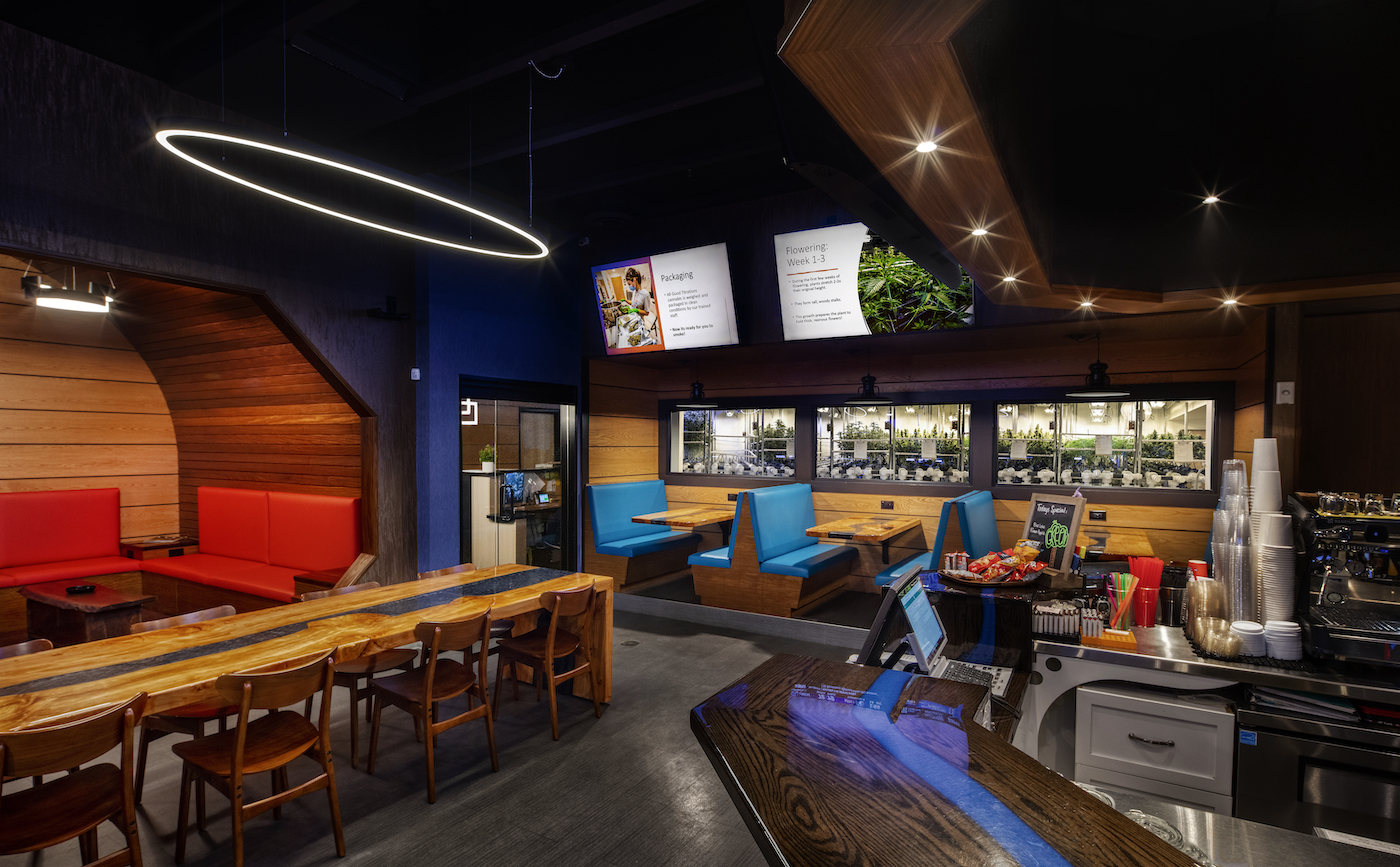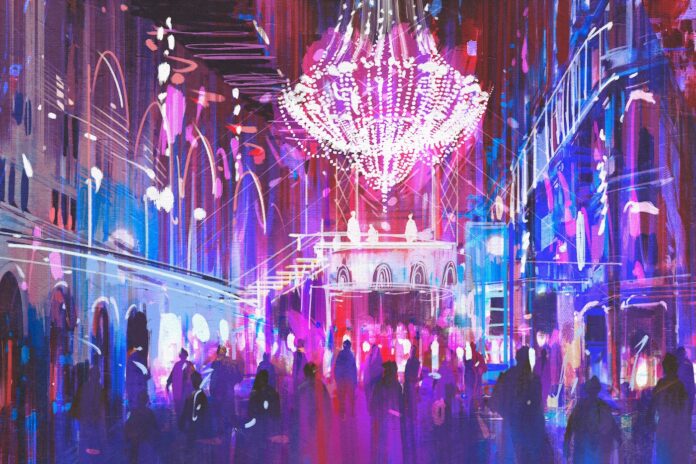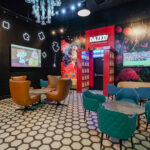Establishing public spaces where visitors can consume cannabis legally is an appealing idea for many people, but the consumption lounge has yet to take off as a popular meeting spot. Similarly, THC-infused beverages have been working to make a splash with consumers for years, yet the category still struggles to build a widespread following. With so much effort focused on these two great ideas, could their fates be intertwined?
Connecting infused beverages with consumption lounges seems like perfect matchmaking, right? After all, what feels more natural than stepping up to a bar and ordering a drink? However, the challenges that prevent both ideas from taking off also may be what keeps them apart. To date, only a handful of states allow consumption lounges, and many of those markets prohibit sales of regulated products within a consumption lounge. Also, the “smoke” versus “drink” dichotomy has yet to be worked out. While there may be room for both consumption modalities, a beverage-based model is likely to appeal to more customers in a wider variety of settings.
Cannabis beverage companies are still trying to perfect the formula to mimic alcohol’s social-lubricant capabilities, which require a relatively quick onset of effects and a predictable intoxication level per drink. What’s more, THC beverages lack a variety of flavors and potencies to make them consistently interesting for many consumers. Even if you could drop into a lounge for an infused happy hour after work, you would have limited options from which to choose and might not even enjoy the drink’s effects until after you’ve left.
Despite these legal and technological barriers, examining what a thriving consumption lounge business could look like—and how cannabis beverages could serve a pivotal role in their adoption—is worthwhile. Think about your favorite watering holes, cocktail lounges, or nightclubs. What makes them so appealing? A well-stocked bar with a wide variety of beverage options? Regular specials, entertainment, or other activities?The likelihood of encountering interesting, engaging bar staff and fellow patrons?

So what’s the right approach? Just as infused beverages attempt to mimic the effects of alcohol, consumption lounges should mimic the appeal of traditional bars. This means simply providing a place to “light up” is not enough. In fact, focusing on THC beverage consumption rather than smoking or vaping is more likely to be the winning formula. Consumption lounges must become event centers, with food, beverages, music, and entertainment as the main attractions. Providing a great experience for patrons must be the lounge’s primary objective, with consumption serving as the social lubricant for the experience.
With this mindset, the consumption lounge of the future begins to look a lot more familiar and enticing to consumers. The ongoing advancement of beverages can help spur this change as investments in product development and innovation offer a wider variety of flavors, improvements in onset times, and opportunities to create THC “mocktails” as unique as any alcoholic beverage consumers can find.
Under this model, consumption lounge bud/bartenders would help create a lounge’s mood and atmosphere the same way mixologists do in alcohol-based establishments. THC beverages even could be concocted in the same way as traditional bar drinks, provided the industry adopts a reliable, precise dosing mechanism. The variety of beverage and entertainment options would keep consumers interested, and the bar/club-like environment would feel new, yet familiar.
Pricing is another factor. In order to succeed, a consumption lounge must be both affordable and profitable. No traditional bar makes money selling a single cocktail. Although each individual absorbs THC at different rates with different effects, adopting industry-wide dosing standards would make the experience more predictable for consumers. Providing alternatives that mirror the traditional bar experience—micro-dose options (analogous to beer) with 1-2mg of THC, medium-dose offerings (on a level with wine) with 3-4mg, and high-dose options (like hard liquor) containing 5-6mg—would promote consumer choice and allow the owner to sell multiple drinks while avoiding over-intoxication issues.
If consumption lounges are to succeed, they must create an analogous bar experience that appeals to today’s entertainment-seeking consumers. Few people want to spend their time and money just to hang out in a nondescript box and smoke weed. Folks want an environment that feels new but comfortable and can serve as a destination rather than a pitstop in an evening’s entertainment. Offering music, sports, comedy, art shows, and other events would provide the backdrop for consumers to sample a growing array of beverages and other product options. A finely tuned and perfected beverage industry can help realize the potential of the consumption lounge concept.













